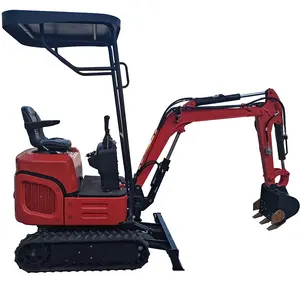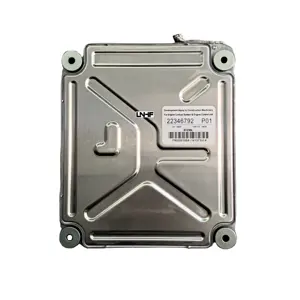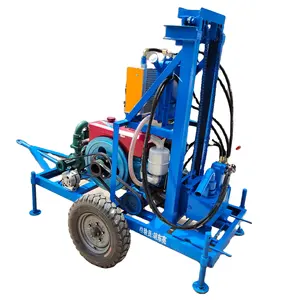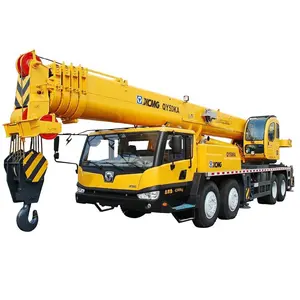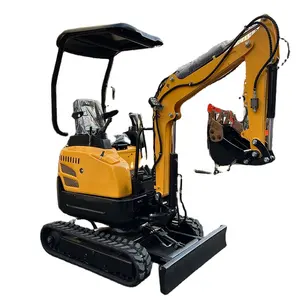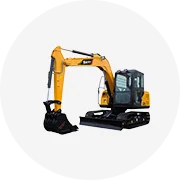Phổ biến trong ngành của bạn






Bán buôn Chất lượng cao Thiết kế mạnh mẽ quy mô lớn bông tự động bao bì phim nối máy để bán
170.000,00 US$ - 180.000,00 US$
Đơn hàng tối thiểu: 2 Đơn vị





Dk7735 Tốc Độ Cao CNC Edm Dây Cắt Máy Tái Sử Dụng Mới Nhanh Dây Máy Cắt
3.980,00 US$ - 4.080,00 US$
Đơn hàng tối thiểu: 1 Bộ







Nhôm Tùy chỉnh hình cho hút thuốc lá thẻ kim loại hút phụ kiện máy xay
0,39 US$ - 3,10 US$
Đơn hàng tối thiểu: 2 Cái







Khả năng xử lý dựa trên tùy biến chất lượng cao cá nhân sử dụng thuốc lá Shredder để bán
Sẵn sàng vận chuyển
48,00 US$ - 69,00 US$
Đơn hàng tối thiểu: 1 Bộ
Vận chuyển mỗi chiếc: 25,72 US$





Sản Phẩm Gốc Điền Pro Cộng Với Q8 Mm Máy Thuốc Lá, Thuốc Lá Và Máy Thuốc Lá, Thuốc Lá Làm Cho Máy Móc
2.000,00 US$
Đơn hàng tối thiểu: 1 Cái


Hướng Dẫn Bán Chạy Nhất Rail Thuốc Lá Máy Móc Phụ Tùng Cho MK8 MK9 Protos 70 80 90
150,00 US$ - 200,00 US$
Đơn hàng tối thiểu: 5 Cái






Máy Xay Thuốc Lá Tay Quay Bằng Hợp Kim Kẽm 4 Lớp 55Mm/40Mm Máy Xay Thuốc Lá Điện Tử Gerui Máy Xay Thuốc Lá Kim Loại Hút Thuốc Bán Chạy
2,50 US$ - 4,41 US$
Đơn hàng tối thiểu: 1 Cái





Bán trực tiếp SS304 tùy chỉnh CNC Lathe thuốc lá Máy Làm Thuốc Lá tự động
Sẵn sàng vận chuyển
36,00 US$ - 60,00 US$
Đơn hàng tối thiểu: 1 Bộ
Vận chuyển mỗi chiếc: 26,40 US$







Sức mạnh Nhà cung cấp SS304 tùy chỉnh di chuyển chính xác Thảo Mộc Lá Shredder máy cho tobak lá
Sẵn sàng vận chuyển
48,00 US$ - 69,00 US$
Đơn hàng tối thiểu: 1 Bộ
Vận chuyển mỗi chiếc: 22,53 US$
Các danh mục hàng đầu
Giới thiệu về máy cắt thuốc lá để bán
Alibaba.com cung cấp các sản phẩm 244 máy cắt thuốc lá để bán. Có rất nhiều máy cắt thuốc lá để bán lựa chọn dành cho bạn, chẳng hạn như nhà máy sản xuất, thực phẩm cửa hàng, và máy móc cửa hàng sửa chữa. Bạn cũng có thể chọn từ thực phẩm, nước giải khát, và thuốc lá máy cắt thuốc lá để bán. Cũng như từ thổ nhĩ kỳ, hoa kỳ, và thái lan máy cắt thuốc lá để bán.Và bất kể máy cắt thuốc lá để bán là dễ dàng để hoạt động, tự động, hay độ chính xác cao.

